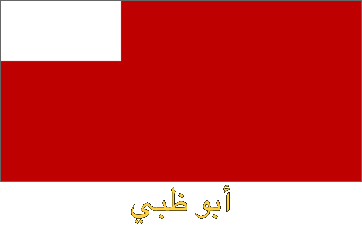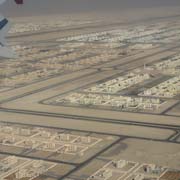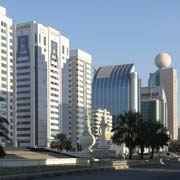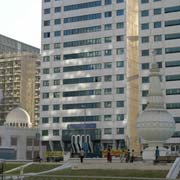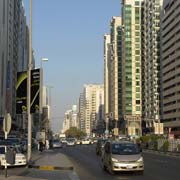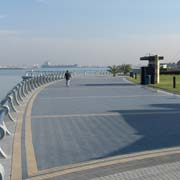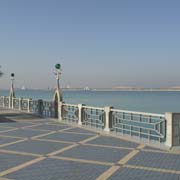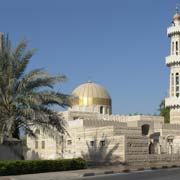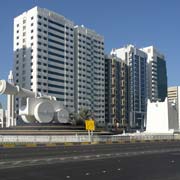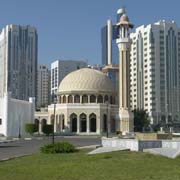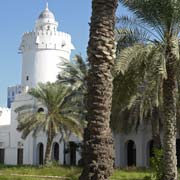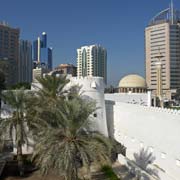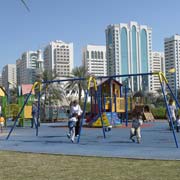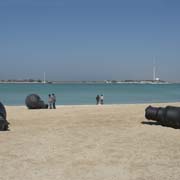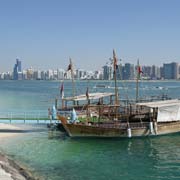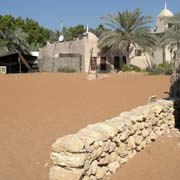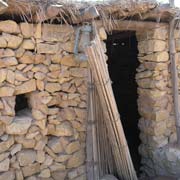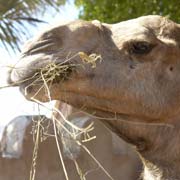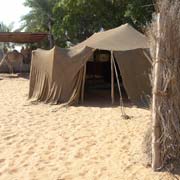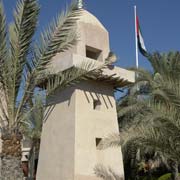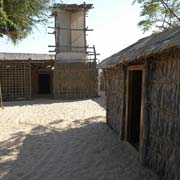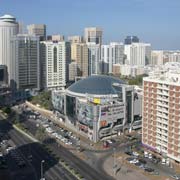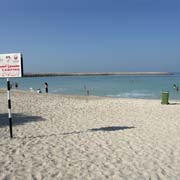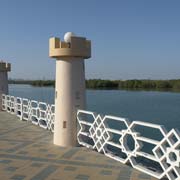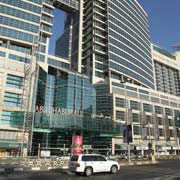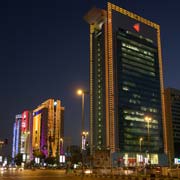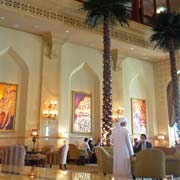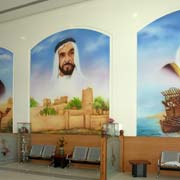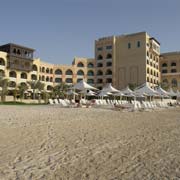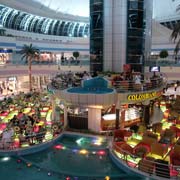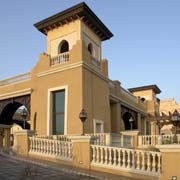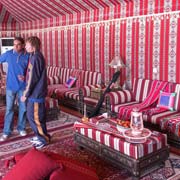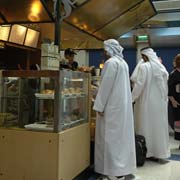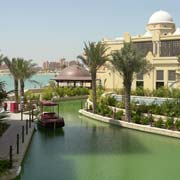Photos of Abu Dhabi, capital city of the United Arab Emirates
Abu Dhabi, capital city of the UAE
The Emirate of Abu Dhabi is the largest emirate by area (67,340 km²), accounting for approximately 86% of the total land area of the United Arab Emirates. The seat of the President of the United Arab Emirates is located in Abu Dhabi city, which also hosts many oil companies, foreign embassies and the federal cabinet.
you may then send it as a postcard if you wish.
The city of Abu Dhabi lies on an offshore island that was first settled in 1761 by Bedouin of the Bani Yas tribe, who came from the Liwa Oasis to the south. The island was a haven for wildlife and was therefore called "Abu Dhabi" (literally "father of gazelle"). Sheikh Shakhbut (1793-1816) then permanently transferred his capital to the island from Al Mariyah in Liwa and became the first effective ruler of Abu Dhabi. It was during this time the first tower of the Qasr al-Husn fort was built. This was the home of the ruler and seat of government until 1966. Until the mid-20th century there was fishing and pearl diving off the coast of Abu Dhabi city, which was occupied mainly during the summer months. Most dwellings in Abu Dhabi city were, at this time, constructed of palm fronds ("barasti"), with the wealthier families living in mud or coral huts.
After the discovery and exploitation of oil and independence in 1971 Abu Dhabi has become a modern city with striking architecture, set along the Corniche with its pleasant waterfront promenade. Across from the Corniche is the Breakwater, a peninsula which houses the Heritage Village with its displays of Arabian culture and the Marina Plaza, a huge shopping centre. But its centre remains the Qasr al-Husn fort, now a museum, from where the view, of the city's skyscrapers, is dramatically different from 50 years ago, when it was just desert with a few "barasti" palm leaf dwellings and coral huts.
